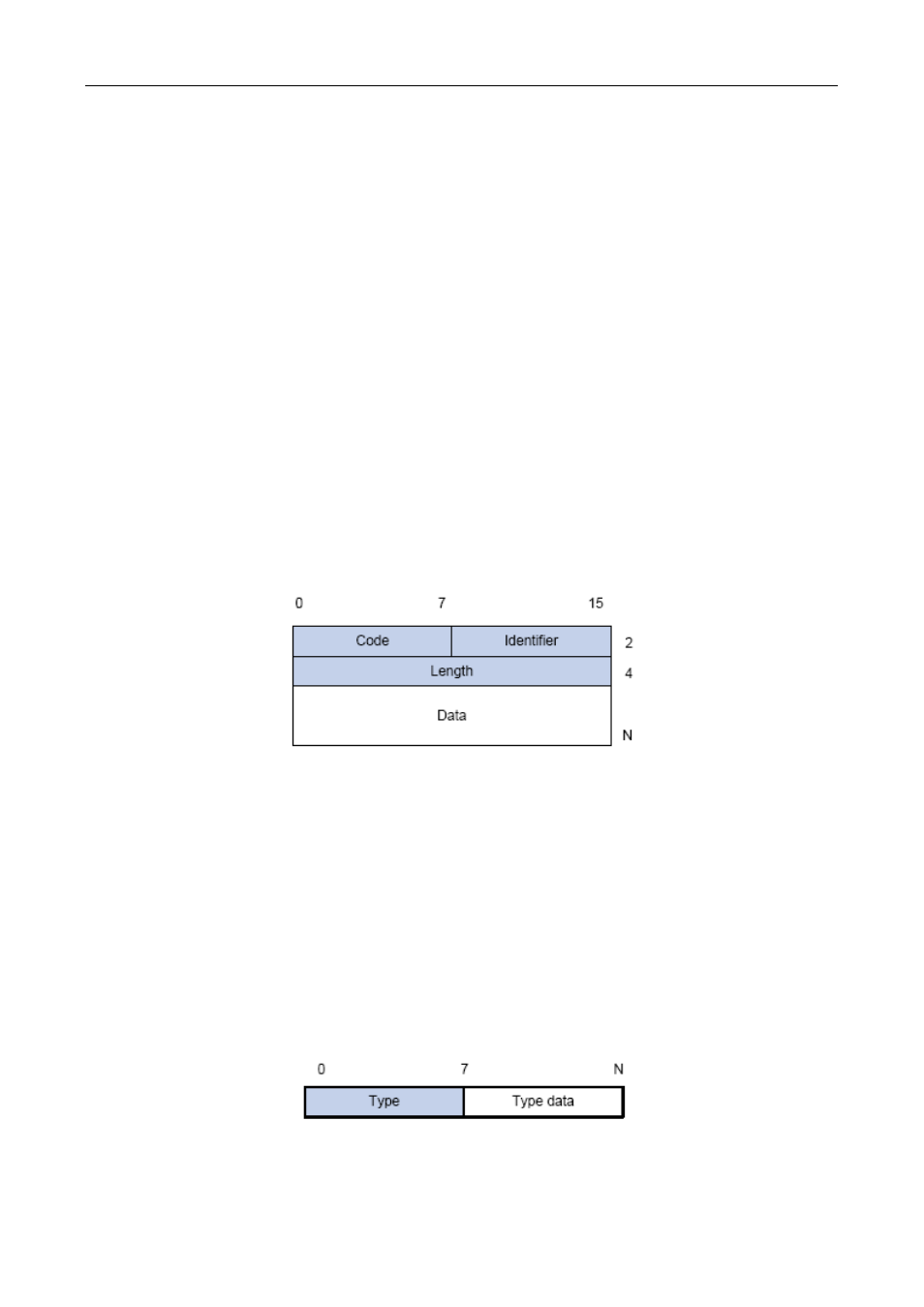PLANET WGSW-50040 User Manual
Page 198

25-4
PAE Ethernet Type: Represents the type of the protocol whose value is 0x888E.
Protocol Version: Represents the version of the protocol supported by the sender of EAPOL data packets.
Type: represents the type of the EAPOL data packets, including:
EAP-Packet (whose value is 0x00): the authentication information frame, used to carry EAP
messages. This kind of frame can pass through the authenticator system to transmit EAP
messages between the supplicant system and the authentication server system.
EAPOL-Start (whose value is 0x01): the frame to start authentication.
EAPOL-Logoff (whose value is 0x02): the frame requesting to quit.
EAPOL-Key (whose value is 0x03): the key information frame.
EAPOL-Encapsulated-ASF-Alert (whose value is 0x04): used to support the Alerting messages of
ASF (Alert Standard Forum). This kind of frame is used to encapsulate the relative information of
network management such as all kinds of alerting information, terminated by terminal devices.
Length: represents the length of the data, that is, the length of the “Packet Body”, in byte. There will be no
following data domain when its value is 0.
Packet Body: represents the content of the data, which will be in different formats according to different types.
2. The Format of EAP Data Packets
When the value of Type domain in EAPOL packet is EAP-Packet, the Packet Body is in EAP format
(illustrated in the next figure).
Figure
25-4 the Format of EAP Data Packets
Code: specifies the type of the EAP packet. There are four of them in total: Request(1),Response
(2),Success(3),Failure(4).
There is no Data domain in the packets of which the type is Success or Failure, and the value of the
Length domains in such packets is 4.
The format of Data domains in the packets of which the type is Request and Response is illustrated
in the next figure. Type is the authentication type of EAP, the content of Type data depends on the
type. For example, when the value of the type is 1, it means Identity, and is used to query the
identity of the other side. When the type is 4, it means MD5-Challenge, like PPP CHAP protocol,
contains query messages.
Figure
25-5 the Format of Data Domain in Request and Response Packets